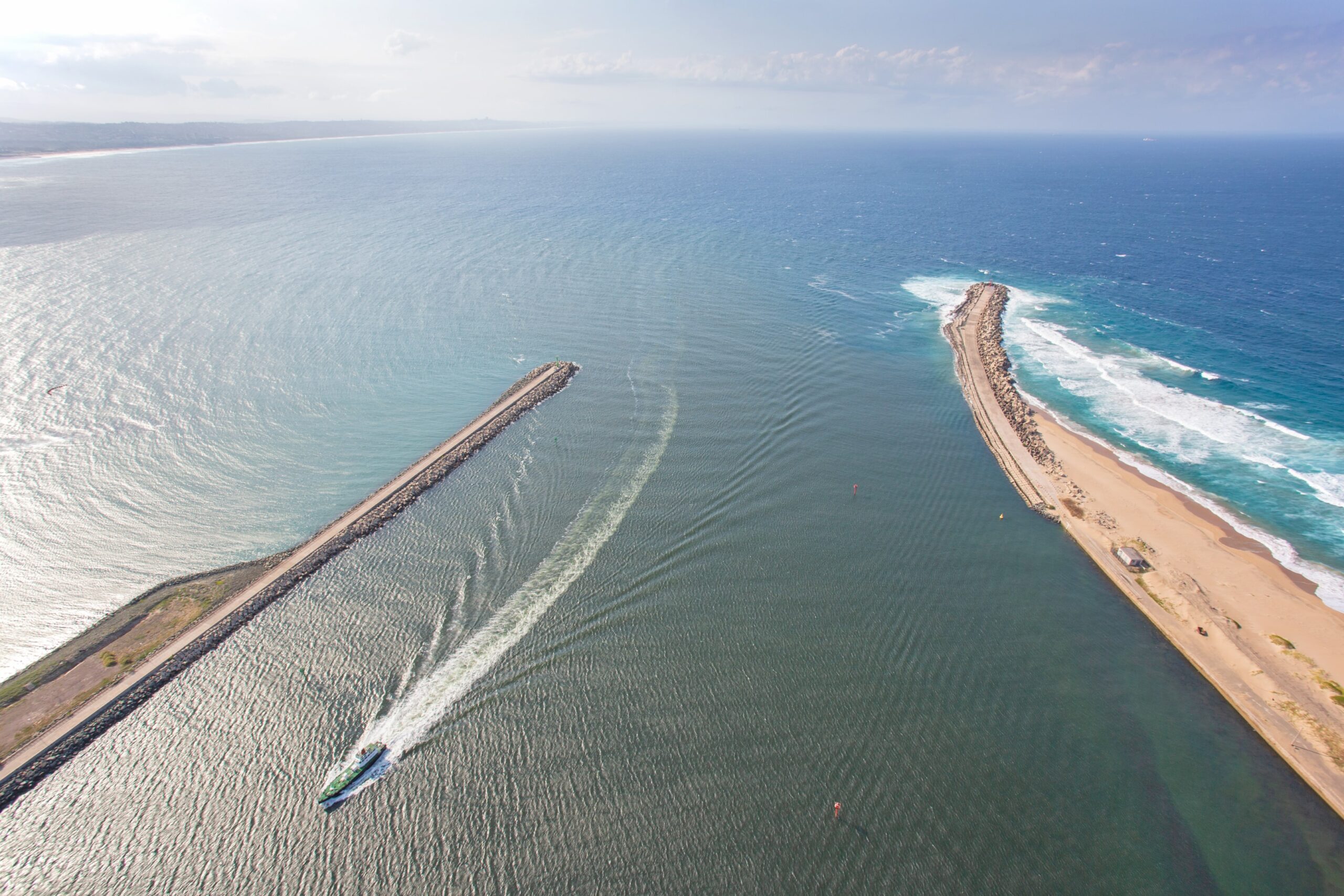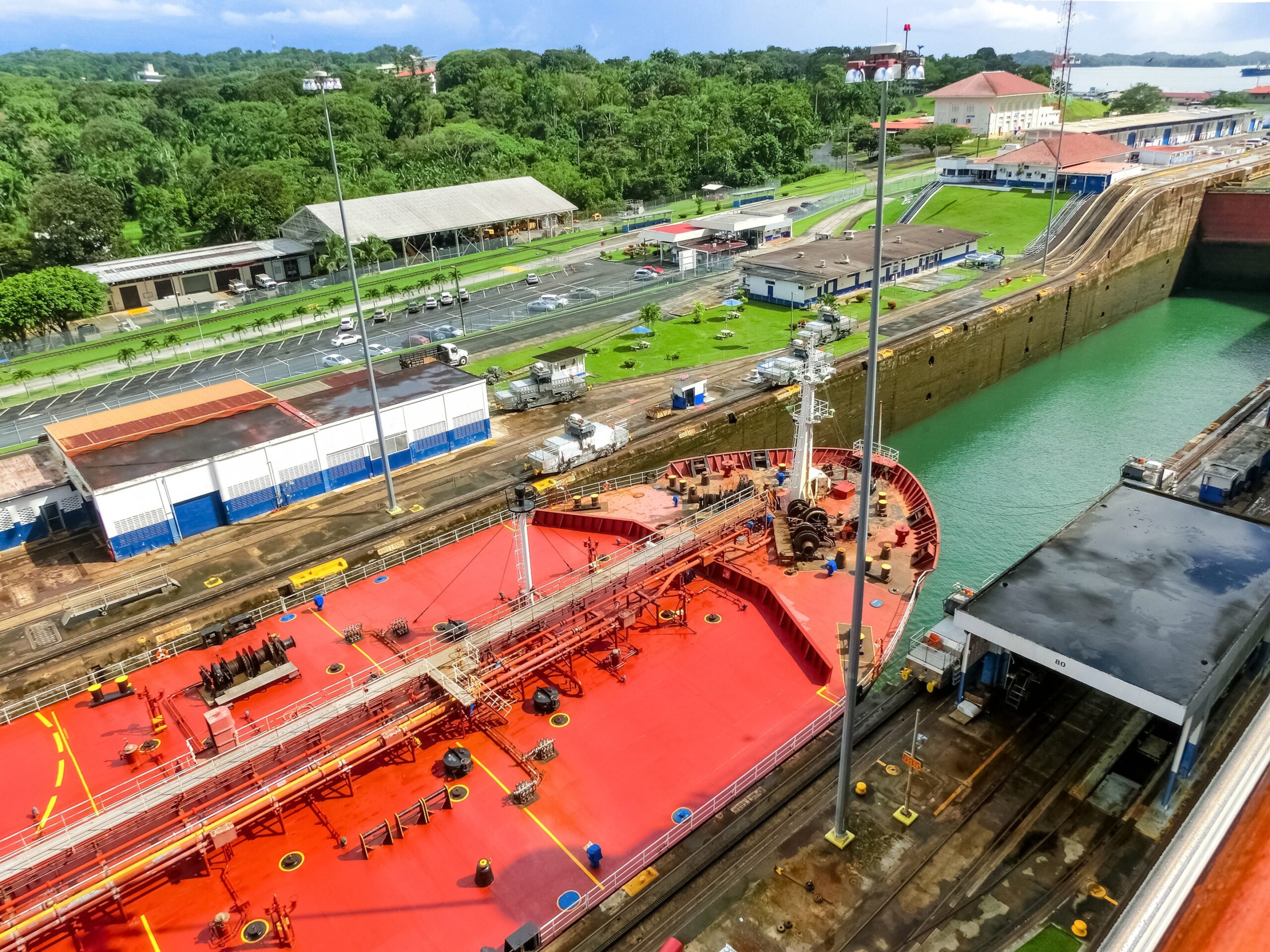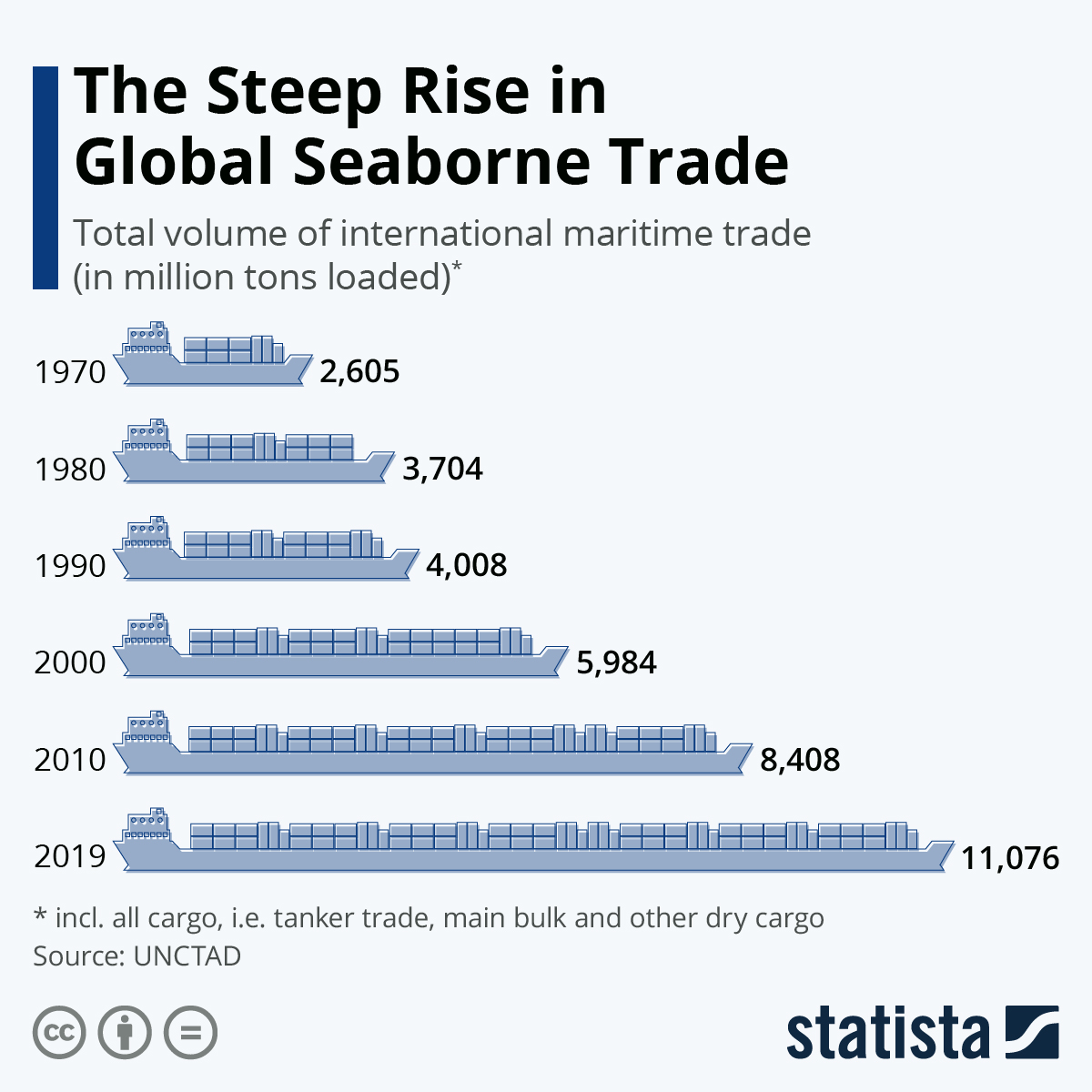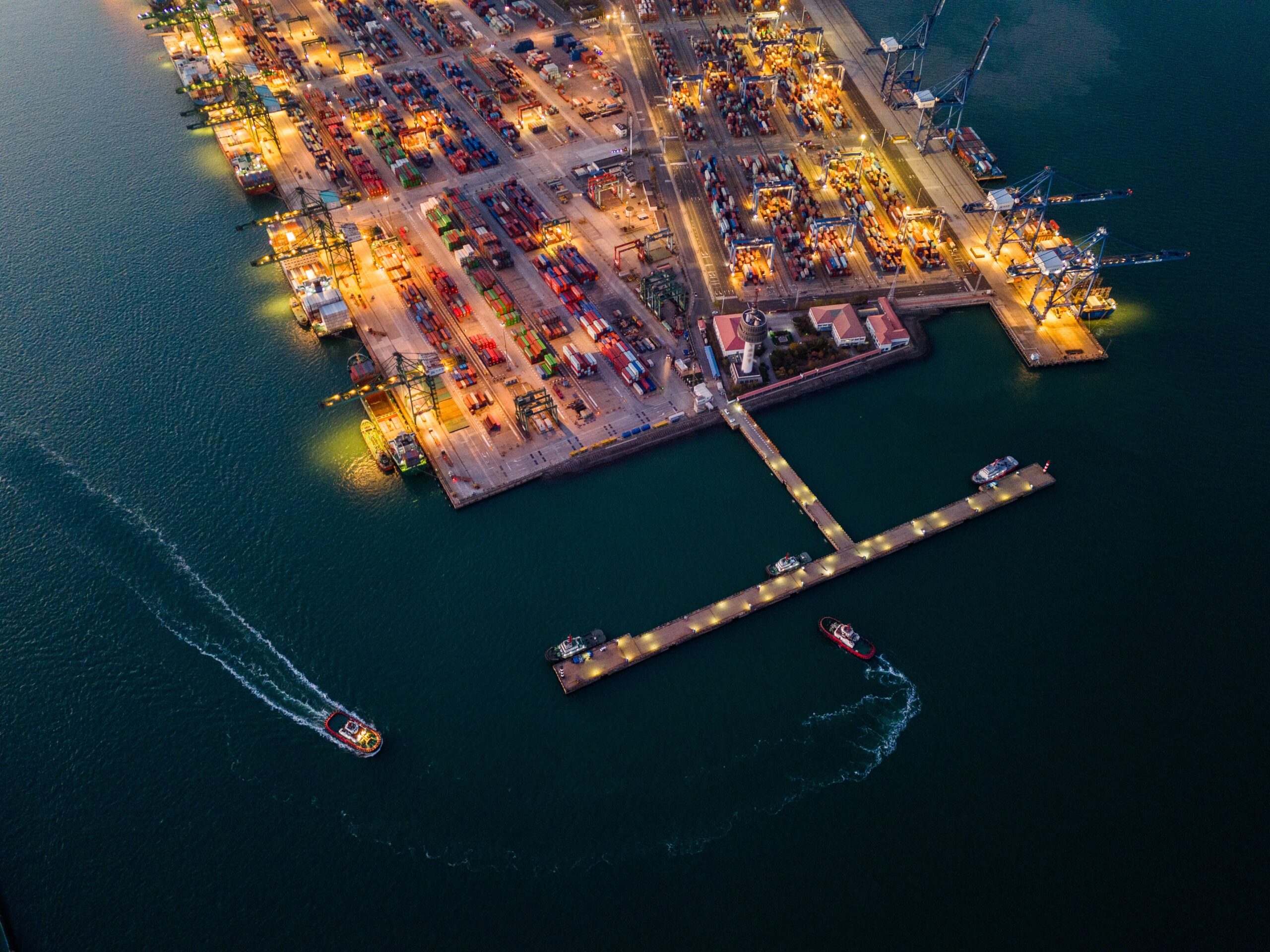The World’s Major Maritime Trade Routes: Connecting the Globe
Ever wondered how all the products we use every day make their way across the world? The answer lies in the maritime trade routes that keep global trade moving. These major sea trade routes are like highways in the ocean, allowing ships to carry goods across continents. From oil and electronics to clothes and food, everything travels through these busy shipping lanes.
In this blog, we’re going to explore the major shipping routes of the world, explain why they are important, and share some fun facts along the way. So, let’s dive into the fascinating world of sea trade.
Why Are Sea Routes So Important?
Simply put, sea routes are important because they allow massive amounts of goods to travel long distances in a cost-effective way. In fact, about 90% of global trade happens via ships! Whether it’s raw materials like oil and coal or finished products like smartphones, major sea trade routes ensure that everything gets to where it needs to go.
These routes have been shaped by geography, economic demand, and centuries of history. Additionally, some regions are strategic chokepoints, where a lot of global shipping traffic passes through. If something goes wrong at one of these chokepoints, like a canal getting blocked, it can disrupt global trade. So, the stakes are high.
The World’s Major Shipping Routes
Now, let’s explore the major shipping routes of the world that keep our economy running smoothly.
1. Trans-Pacific Route

The Trans-Pacific Route is a critical link between Asia’s booming manufacturing industries and North America’s vast consumer markets. This trade route, which includes the Pacific Ocean, allows ships to carry electronics, clothing, machinery, and many other goods. The route connects major ports like Shanghai, Shenzhen, and Hong Kong in Asia with ports like Los Angeles and Seattle on the U.S. West Coast. This is one of the busiest maritime trade routes globally, responsible for a large portion of U.S. trade.
Fun Fact:
In 2022, about 28 million shipping containers (TEUs) passed through this route, making it one of the largest shipping zones in terms of load size.
Historical Fact:
The first Transpacific trade route in history was the Spanish Manila galleon route which lasted from 1565 to 1815.
2. Asia-Europe Route
This route links the bustling commercial cities of Asia, such as Shanghai and Tokyo, with Europe’s major markets like Rotterdam and Hamburg. The Suez Canal plays a major role in this route, allowing ships to avoid a long detour around Africa. Goods transported include electronics, machinery, textiles, and automobiles. This is one of the busiest major sea trade routes for shipping between the world’s two largest markets: Asia and Europe.
Fun Fact:
The Suez Canal saves ships from a 7,000-km detour around Africa, dramatically reducing transit time between Europe and Asia.
Historical Fact:
The construction of the canal lasted ten years, from 1859 to 1869. The Suez Canal officially opened on 17 November 1869.
3. Transatlantic Route
The Transatlantic Route connects North America, mainly the U.S. and Canada, with Europe. This route has been historically significant for hundreds of years and remains essential for shipping machinery, electronics, chemicals, and automobiles.
Fun Fact:
In 2009, brothers Ralph and Robert Brown crossed the Atlantic Ocean in a 21 ft (6.4 m) flatsboat – a unique vessel designed for operating in very shallow waters. This is considered to be the smallest boat to cross the Atlantic.
Historical Fact:
In the 18th and 19th centuries, the Transatlantic Route was central to the transatlantic slave trade, a tragic part of history that left a lasting impact on both continents.
4. South America-Europe Route
This trade route stretches across the Atlantic, connecting South American ports in Brazil, Argentina, and Chile with Europe. It’s an essential route for transporting agricultural products like coffee, soybeans, and fruits, as well as minerals like iron ore and copper. The South America-Europe Route is crucial for supplying Europe with essential agricultural goods and raw materials. It also supports South America’s export economy, helping countries like Brazil grow through trade.
Fun Fact:
Brazil is the world’s largest producer of coffee, and much of it makes its way to Europe through this route.
Historical Fact:
In the 19th century, European settlers travelled along this route to start new lives in South America, influencing the region’s culture and economy.
5. Intra-Asia Route
Covering the Asia-Pacific region, the Intra-Asia Route connects major ports in China, Japan, South Korea, and Southeast Asia with each other. Goods shipped include textiles, electronics, raw materials, and agricultural products. The intra-Asia route is vital for keeping the economies of the Asia-Pacific region interconnected. It facilitates trade between some of the world’s most dynamic economies.
Fun Fact:
The Strait of Malacca on this route is one of the narrowest yet busiest waterways in the world, with about 50,000 ships passing through it every year.
Historical Fact:
The Strait of Malacca has been a critical trading route since the 17th century, dating back to the spice trade between Southeast Asia, China, and India.
6. Panama Canal Route
The Panama Canal links the Atlantic and Pacific Oceans, dramatically reducing the journey for ships travelling between North America’s east and west coasts. It’s a critical shortcut for global trade, especially for ships travelling between Asia and the U.S. East Coast. The Panama Canal is one of the most important major sea trade routes in the world. It enables faster trade between Asia, North America, and Europe, reducing shipping times and costs.
Fun Fact:
Ships save about 8,000 nautical miles by going through the Panama Canal instead of around South America!
Historical Fact:
The canal, completed in 1914, is considered one of the seven wonders of the modern world, revolutionizing global shipping.
7. Asia-Middle East Route
This route connects Asia with the Middle East, primarily transporting oil, gas, and manufactured products. The Strait of Hormuz is a key chokepoint on this route, through which a significant portion of the world’s energy supply passes. The Asia-Middle East Route is vital for global energy security. A significant portion of the world’s oil and gas is transported along this route, making it a key artery for energy supply to Asia.
Fun Fact:
The Strait of Hormuz, part of this route, is responsible for the shipping of about a third of the world’s liquefied natural gas and almost 25% of total global oil consumption.
Historical Fact:
The Strait of Hormuz has been a key maritime chokepoint for centuries, connecting the Middle East with the rest of the world.
8. Europe-UK Trade Route
The English Channel and the North Sea play a significant role in linking the UK with the rest of Europe. This route supports trade between the UK and its European neighbours, carrying everything from food to manufactured goods. This trade route is crucial for keeping the UK connected with the European mainland, supporting vital economic ties and ensuring that essential goods reach both sides.
Fun Fact:
The English Channel sees more than 500 ships passing through it every day, making it one of the busiest waterways in the world.
Historical Fact:
During both World Wars, the English Channel was a strategic battlefield, heavily guarded to protect trade routes between the UK and mainland Europe.
9. Russia-Europe Trade Route
This route connects Russia with Europe via the Baltic Sea and the Danish Straits, transporting oil, gas, and other raw materials. It is a key route for energy supplies to Europe, especially during winter. The Russia-Europe Trade Route is essential for Europe’s energy supply, particularly for oil and gas shipments. It plays a vital role in keeping European industries running.
Fun Fact:
The Danish Straits serve as a critical chokepoint for Russian oil and gas exports to Europe, thousands of ships passing through each year.
Historical Fact:
Since the Cold War, this route has been crucial for Europe’s energy supply, especially in winter months when demand is high.
10. Red Sea Route

The Red Sea Route connects the Mediterranean Sea to the Indian Ocean via the Suez Canal. It’s a major route for oil and gas shipments from the Middle East to Europe and North America. The Red Sea Route is crucial for transporting energy resources from the Middle East to global markets, making it a key artery in the global energy supply chain.
Fun Fact:
The Bab el-Mandeb Strait on this route is 26 kilometres wide at its narrowest point, limiting tanker traffic to two 2-mile-wide channels for inbound and outbound shipments.
Historical Fact:
According to some researchers, the straits of Bab-el-Mandeb were probably witness to the earliest migrations of modern humans.
Conclusion: The Lifelines of Global Trade

These major sea trade routes are the lifeblood of the global economy. They connect continents, move billions of dollars worth of goods, and ensure that products reach our doorsteps. As global trade continues to grow, these routes will only become more important. From the bustling Trans-Pacific Route to the historic Red Sea Route, each of these waterways plays a crucial role in keeping the world connected.
So, the next time you see a product from halfway across the globe, you can thank the ships and maritime trade routes that make it all possible.

Leave a Reply